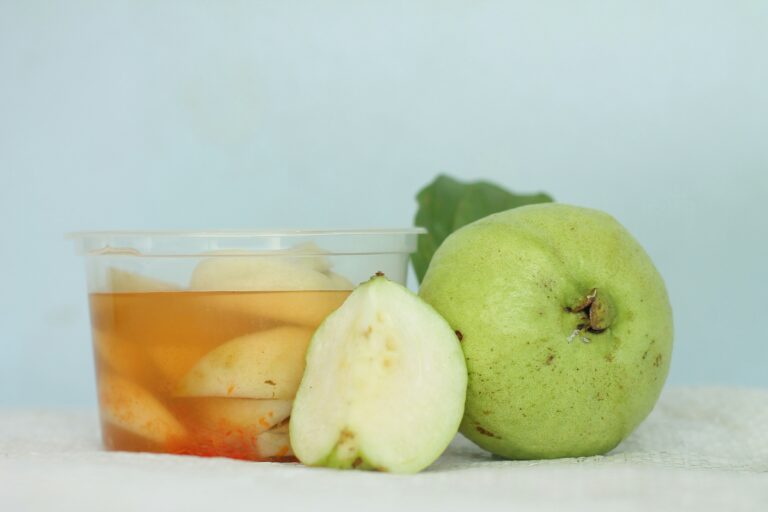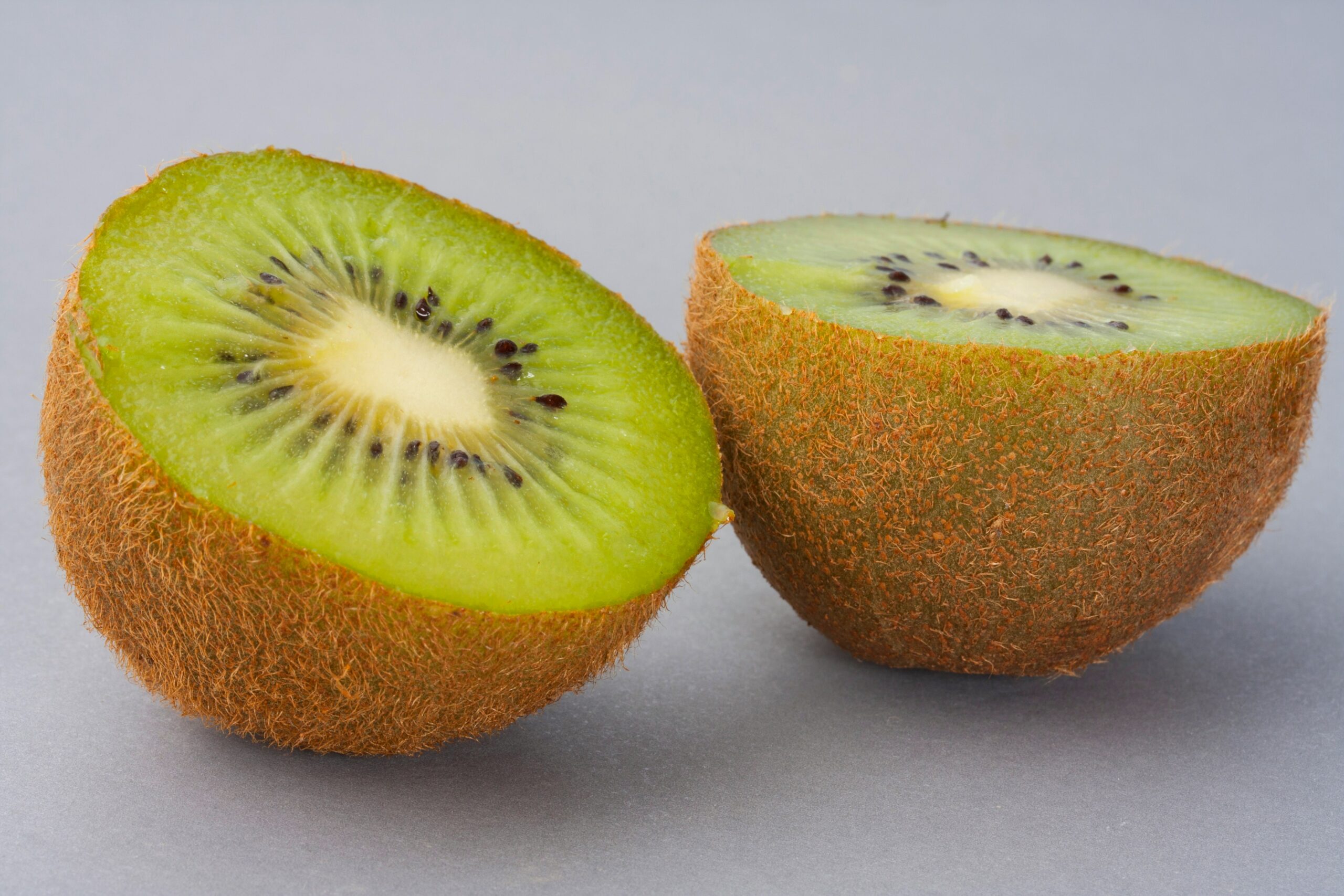The scientific name of most cultivated bananas is Musa acuminta. The type of bananas depends on their genomic constitutions. The post name of the banana no longer used is Musa sapientum. The banana is native to the tropical portion of Southeast Asia, India, and Northern Australia. Bananas were first introduced from New Guinea into southern Asia. Uganda is the world’s leader when it comes to per capita consumption. About 660 pounds of bananas are eaten per year in Uganda. The giant highland banana is the world’s largest herbaceous plant and banana species.
Color: During ripening, the color of the banana peel changes from Green to yellow, and the color of the banana stars is deep green.
Shape: the shape of the banana is triangular cucumber and oblong. The color may vary according to the cultivar. The banana fruit is typically long and curved. It is elongated with a slight tapper towards the end.
Size: The size of the banana depends upon the type of banana and its ripeness. The typical size is about 6 to 8 inches, about (15 to 30 centimeters) long. Numerous types of bananas ranging from 300 to over 1000 varieties.
Flavor: ripe banana has a sweet taste while raw banana has a bitter taste. The taste of banana is generally described as sweet with a creamy texture.
Nutrients
In 100 grams of banana include the following amount of nutrients.
- Calories 89
- Saturated fat 0.1 g
- Total fat 0.3 g
- Protein 1.1 g
- Vitamin C 14% of the daily value
- Sodium 1 mg
- Potassium 358 g
- Total carbohydrate 23 g
- Magnesium 6% of the daily value
- Dietary fiber 2.6 g
- Vitamin B6 20% of the daily value
- Copper 11% of the daily value
| How to grow banana? |
Within 9 months, bananas attain a height of 20 to 40 feet and the plant can grow quickly. Banana plants usually do not require fertilizers and are not infected by any disease problem or major insect. Banana trees required plenty of room to spread.
Spring and summer are the right time to plant the banana. Place a few banana plants around four meters apart if you want to grow them. Banana grows where there are high temperatures and rainfall. The banana plant is the largest herbaceous flowering plant. They grow best in the tropics, with an average temperature in the high 20s Celsius. A cactus or palm tree soil mixture is an excellent choice for the banana tree.
Health Benefits of Banana
Bananas are fresh and inexpensive fruits. They benefit digestion, heart health, and weight loss. Bananas contain fiber and many beneficial nutrients including potassium, various antioxidants, potassium, vitamin B6, and vitamin C.
Support digestive system
Dietary fiber has been linked with too many health benefits including improved digestion. Pectin is a fiber in ripe and unripe bananas that helps prevent constipation and soften stools. Colon cancer can be protected with the help of pectin.
Improve blood sugar levels
Bananas are rich in soluble fiber. During digestion, soluble fibers dissolve in liquid to form a gel. Unripe bananas also contain resistant starch, are type of fiber that your body does not digest. Despite their high carbohydrate content, bananas may not cause major spikes in blood sugar levels in people.
It may aid in weight loss
Bananas have several calories. They are also packed with dietary fiber and resistant starch which may help you feel full longer. It also helps to reduce the frequency and size of your meal.
May support heart health
Potassium is a mineral that is vital for heart health and especially for blood pressure management. Bananas are a great source of potassium. A potassium-rich diet could help your blood pressure, reducing the risk of hypertension. Magnesium deficiency (hypomagnesium) may be linked to an increased risk of heart disease, elevated blood pressure, and high levels of fats in blood.
Full of antioxidants
Vegetables and fruits are full of dietary antioxidants. They contain several types of potent antioxidants including amines and flavonoids. These are linked to many health benefits, such as reduced risk of heart disease and macular degeneration. Antioxidants help prevent oxidative damage to your cells caused by free radicals.
Benefits kidney health
Potassium is vital for blood pressure regulation and healthy kidney function. Some people who have late-stage kidney disease or are undergoing dialysis need to restrict their potassium intake.
Support bone health
Bananas are not high in calcium, they help to maintain your bone health. Bananas contain a prebiotic named frutoligosaccharides. Frutoligosaccharides help to enhance the ability of the body to absorb calcium.
Help to fight anemia
Due to the high folate content in the bananas, they are healthy for those suffering from anemia. The daily consumption of bananas may reduce anemia-induced fatigue and paleness.
Detoxify the body
Bananas are rich in pectin. Research shows that pectin can limit the amount of fat your cells can absorb. Pectin can also help regulate blood sugar levels.
Side Effects of Banana
Eating too many bananas can lead to digestive problems that can be bad for your overall health such as
- Blotting
- Gas
- Cramping
FAQ’s
How many bananas are enough per day?
Ensure you are eating a balanced diet by including fresh vegetables. While there’s no strict rule, two large bananas are enough daily.
Can we eat bananas at night?
Bananas are one of the best bedtime snacks for boosting sleep. Essential elements like potassium, magnesium, and vitamin B6 found in bananas can help improve the quality of your sleep.






